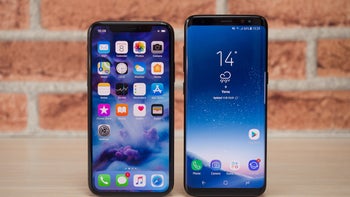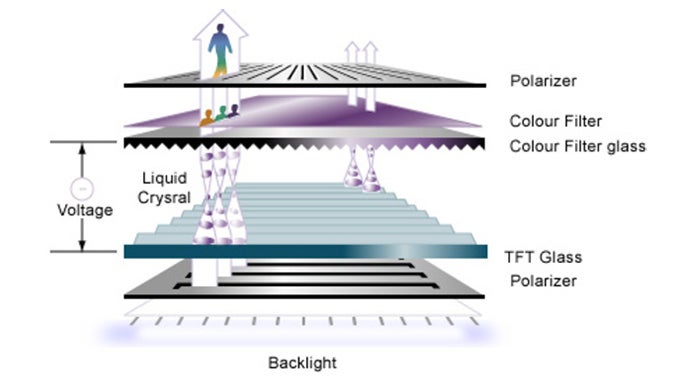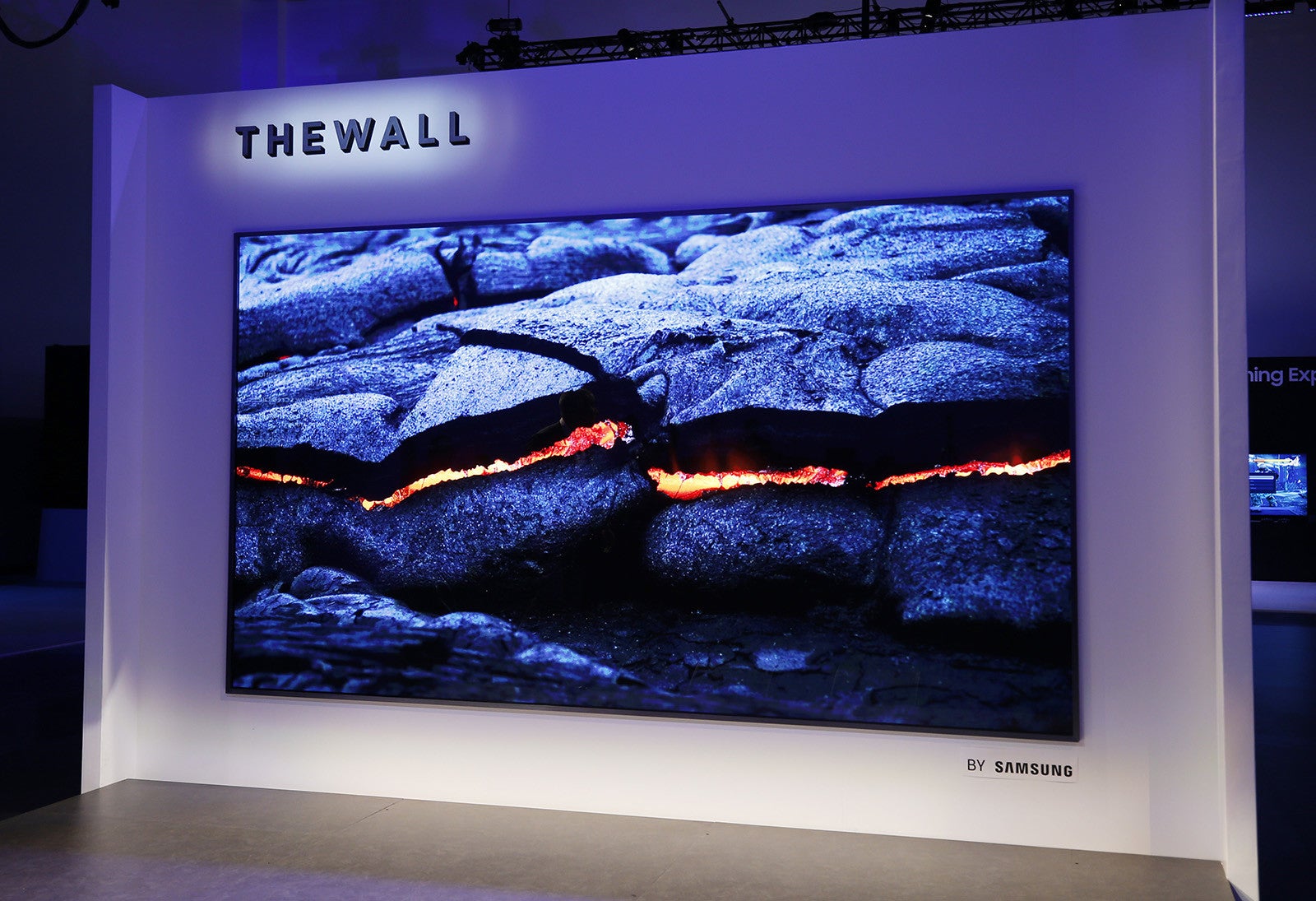What is microLED and why does Apple want to use the tech?

News broke recently that Apple may soon start making its own displays. Surprisingly, however, these won’t be OLED or LED-backlit LCDs. Instead, Apple is eyeing an emerging display tech that supposedly trumps both in terms of brightness, color accuracy, and durability. It’s called microLED.
What is microLED?
The mobile industry is currently dominated by LCD displays that are backlit by light-emitting diodes, or LEDs. Although this type of panels is frequently referred to as “LED display”, the diodes simply provide a backlight, which is then filtered through a number of layers—polarizers, liquid crystal, color filters, and others—to create an image.

Standard LCD TFT assembly / Image source - TEAC
So, what about microLED? Well, just like OLED, microLED does away with the backlight and instead relies on tiny LEDs, each of which consists of 3 sub-pixels that can emit its own light. This means that the tech is capable of delivering the same amazing aspect ratios and true blacks as OLED, but with a couple of added benefits. For one, microLED ditches the organic materials used in OLED in favour of an inorganic solution. This means that microLED displays aren’t as susceptible to aging as OLEDs, which deteriorate and decrease in luminance over time. The inorganic compound used in the production of microLED panels is called Gallium Nitrade (GaN), and apart from an improved lifespan, it also offers as much as 30 times higher total brightness than what OLED can produce. This also means no burn-in, which is currently a problem on OLED displays.
The microLED problem
So, what’s the deal then? Why linger on inferior technologies, when microLED is obviously better? Well, as with any emerging tech, the answer is “because money.” MicroLED isn’t even all that new, it’s just currently extremely difficult and expensive to produce. Apple bought microLED manufacturer LuxVue back in 2014, and it is just now, 4 years later, that the company is even considering implementing the technology. And no, don’t expect an iPhone with a microLED display this year. Or next. Or perhaps even the one after that.
microled panels are assembled one sub-pixel at a time. A 1080p panel has around 6.3 million sub-pixels
Apple is currently considering implementing a microLED display in one of the future iterations of the Apple Watch, because it would be small, lower-res, and subsequently easier to produce. You see, the problem with microLED displays is that the panels need to be assembled one sub-pixel at a time. Just to put things into perspective, a 1080p display has roughly around 2.1 million pixels. Multiply that by 3 and you get around 6.3 million sub-pixels. And each of these has to be assembled individually. Suffice to say, at this point, building microLED panels in a meaningful scale is not possible.So then, why even bother? Well, aside from all the benefits that microLED has to offer over LCD and OLED, Apple is playing another game. The current iPhone X uses OLED panels sourced solely from Samsung—Apple’s main competitor on the mobile market—while 2018 iPhone models are rumored to use a mixture of LG and Samsung panels. Apple also uses LG and Samsung displays in MacBooks and iMacs, which makes the company even further dependent on its competitors.
Apple will likely start out small with microLED, implementing the tech in one of the future iterations of the Apple Watch. From then, if it turns out to be a viable alternative, the company will have to increase the manufacturing rate. However, getting to the point where microLED panels can be produced on a large enough scale to satisfy Apple’s yearly demand, is still quite a ways off. For reference, the company has ordered around 270 million iPhone displays in 2018, half of which OLED.
Conclusion
Apple isn’t alone in this game. Samsung recently unveiled The Wall – a 146-inch behemoth microLED TV that’s supposed to be available for purchase in 2018. The company still keeps mum on the price tag—because it will be exorbitant—and the TV will be available in a limited run only. It’s more of a showcase, really, but it’s indicative of where the display industry is headed. According to analysts, it will be a good 4 to 5 years until the tech gains traction and mass availability. And even then, prices will likely turn most people away.

This is The Wall – Samsung's 146-inch microLED TV. It'll probably cost a kidney.
But for Apple's purposes—that is, building on a smaller scale for the Apple Watch—microLED may very well be a good first step toward independence. Wearables offer a good field for experimentation with newer technologies. After all, when the original Apple Watch launched in 2015, it had an OLED display on board. It wasn't until the iPhone X, in 2017, that Apple would implement the technology in another product. So, maybe next year we'll see an Apple Watch with a microLED display, and 2 to 3 years from then, maybe even a microLED iPhone.












Things that are NOT allowed: